Have you ever gazed up at a hawk soaring majestically through the sky and wondered what the world looks like from their lofty perspective? Birds of prey possess some of the most extraordinary vision in the animal kingdom, allowing them to spot tiny prey from impressive heights while navigating vast territories with pinpoint precision. Their aerial vantage point offers a dramatically different perspective of our world – one that humans can only imagine. This article explores the fascinating world as seen through a hawk’s eyes, from their remarkable visual capabilities to how they perceive landscapes, colors, and movement from high above.
The Exceptional Visual System of Hawks
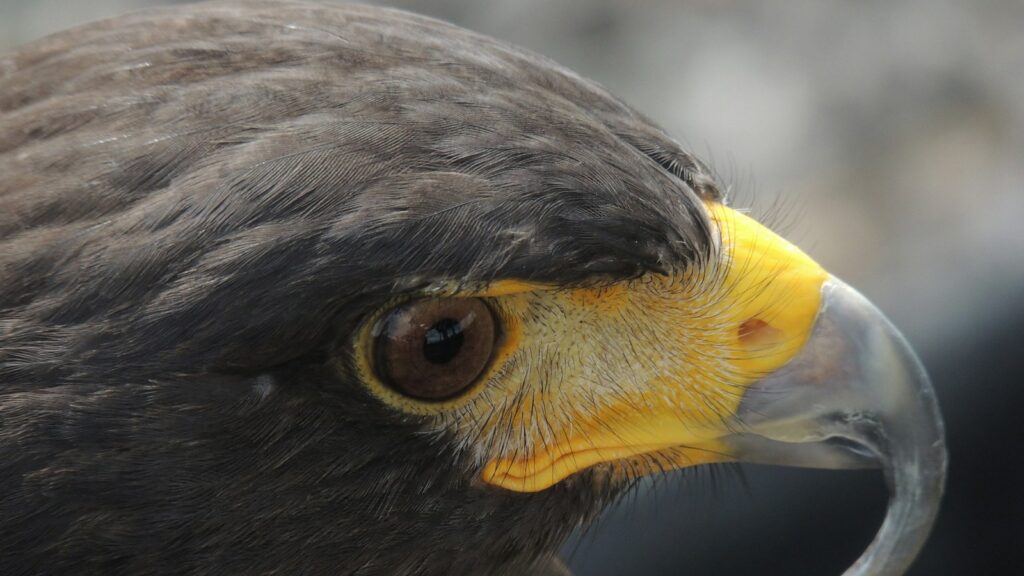
Hawks possess visual systems that far surpass human capabilities in several critical ways. Their eyes occupy a significantly larger proportion of their skull compared to humans, with some species devoting nearly 50% of their head space to their visual organs. This anatomical investment allows for larger retinas that can capture more visual information and produce sharper images. Additionally, hawks have a higher density of photoreceptor cells, particularly cones, which are responsible for color vision and detail perception. Perhaps most impressively, hawks possess a specialized central fovea with up to one million photoreceptors per square millimeter – roughly five times the density found in the human eye – giving them extraordinary visual acuity at distance.
Visual Acuity: Seeing the Unseeable
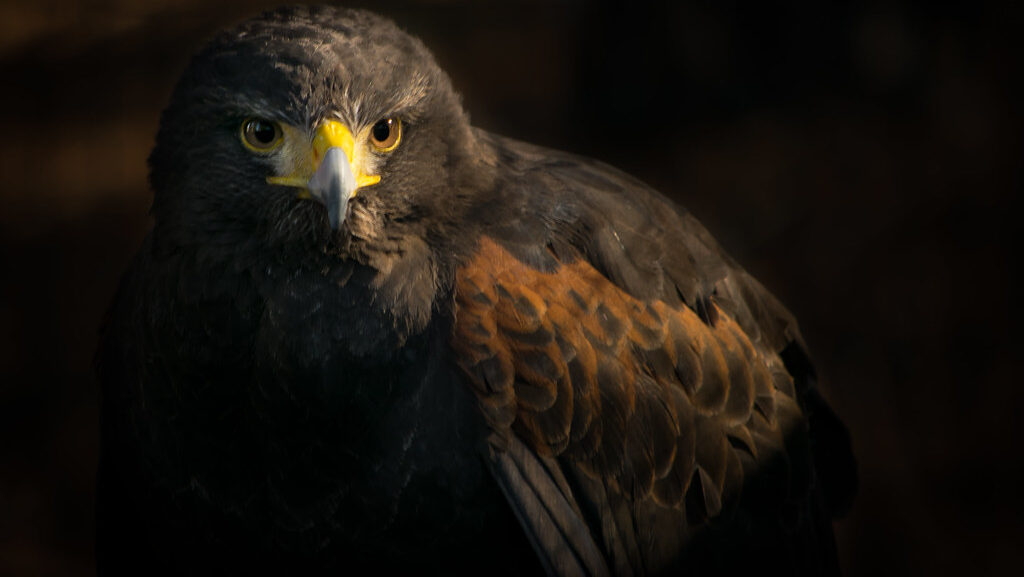
The visual acuity of hawks is nothing short of remarkable, with many species capable of spotting prey from heights that would render such targets completely invisible to human eyes. For perspective, while humans with perfect 20/20 vision can identify details at 20 feet that an average person can see at the same distance, some hawks have visual acuity equivalent to approximately 20/5 or better. This means they can distinguish details from 20 feet away that humans would need to be just 5 feet away to perceive. In practical terms, a hawk flying at 500 feet can spot a rabbit moving in a field with the same clarity that a human would need binoculars to achieve. This extraordinary visual precision allows hawks to efficiently scan vast territories while expending minimal energy during flight.
The Altitude Advantage
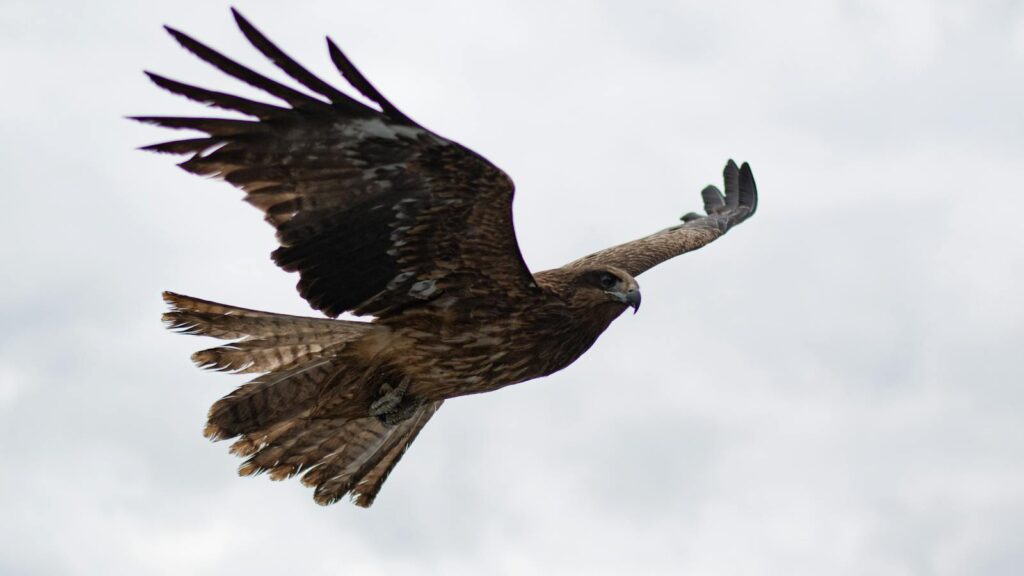
Hawks regularly soar at altitudes ranging from several hundred to several thousand feet above the ground, providing them with an expansive field of view that humans rarely experience. From these heights, landscapes transform into intricate mosaics of texture, color, and movement. A forest becomes a textured carpet of varying greens, fields appear as smooth color patches, and rivers snake through the terrain as reflective ribbons. This elevated perspective allows hawks to monitor territories spanning several square miles simultaneously, giving them unparalleled situational awareness. The altitude advantage also provides hawks with a strategic position for hunting, as prey animals often don’t instinctively look upward for threats, making the hawk’s attack from above both unexpected and devastatingly effective.
Color Perception: A Different Spectrum
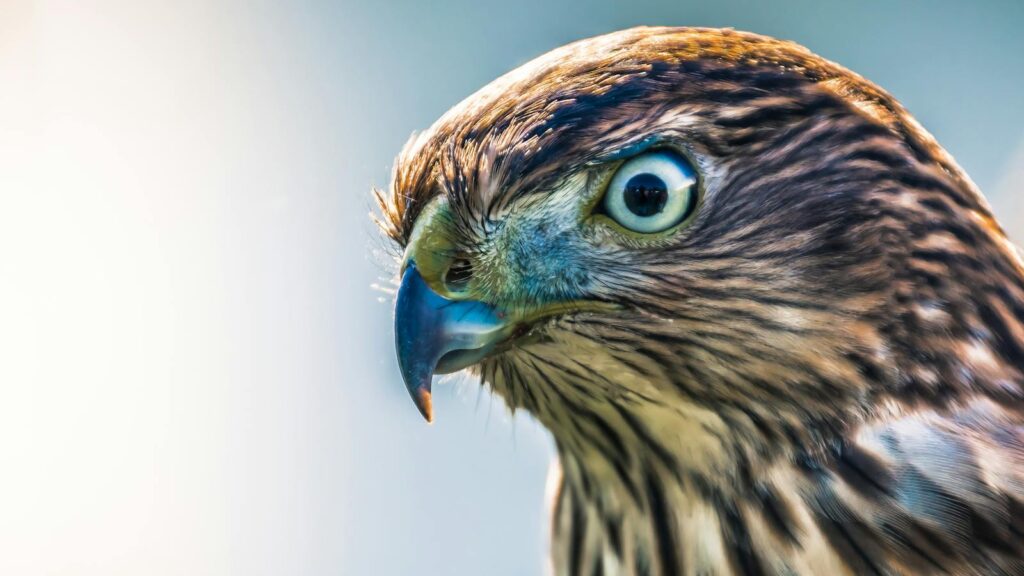
The color world experienced by hawks differs significantly from human perception in fascinating ways. While humans possess three types of cone cells allowing us to see red, green, and blue wavelengths, many hawks have four types of photoreceptors, including ones sensitive to ultraviolet light that remains invisible to the human eye. This tetrachromatic vision enables hawks to perceive an expanded color spectrum, particularly in the ultraviolet range. This enhanced color perception serves practical purposes – many rodents’ urine trails reflect ultraviolet light, essentially creating glowing pathways visible to hawks that reveal the recent movements of potential prey. Similarly, some prey species have fur or feathers with UV-reflective patterns that might appear camouflaged to human eyes but stand out dramatically in a hawk’s visual field.
Movement Detection: Nothing Escapes Notice
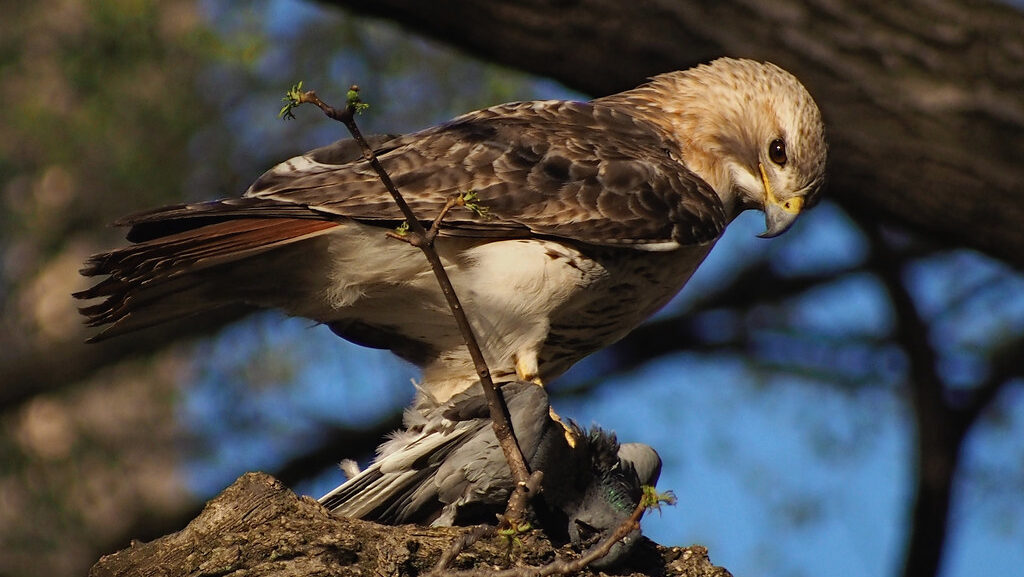
Hawks possess extraordinary capabilities for detecting movement, a critical adaptation for identifying prey from great distances. Their visual systems are particularly attuned to noticing the slightest motion against still backgrounds, allowing them to spot a small rodent moving through grass from hundreds of feet in the air. This movement sensitivity comes from specialized neurons in their visual processing system that are specifically dedicated to detecting changes in their visual field. Interestingly, hawks can maintain visual focus on moving targets while their own bodies are in motion, compensating for their flight movements to keep a steady image of potential prey. This remarkable ability allows them to track prey with precision even while soaring through air currents or adjusting their flight path in response to changing conditions.
Landscape Interpretation: Reading the Terrain
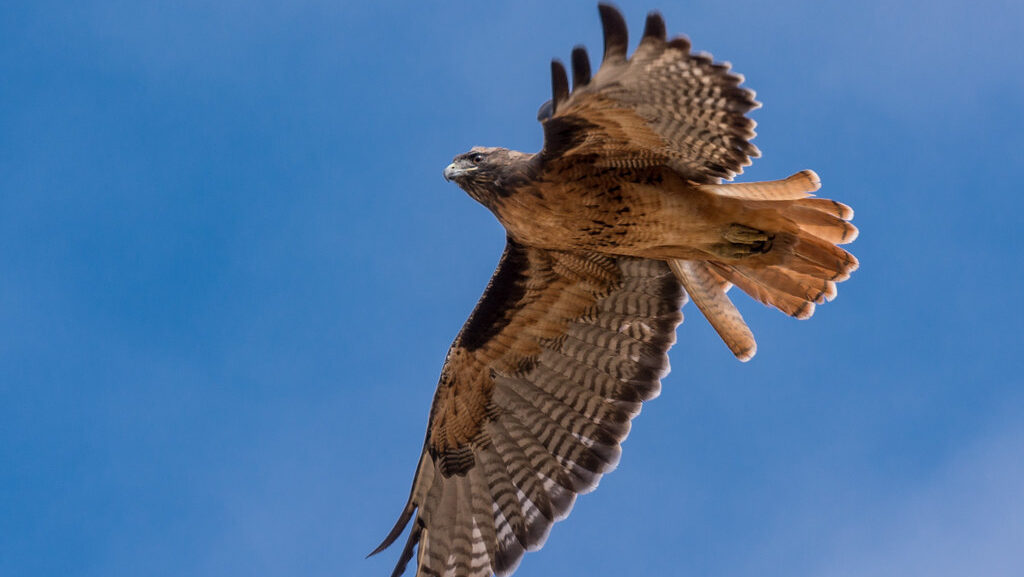
Hawks interpret landscapes fundamentally differently than humans, recognizing patterns and features specifically relevant to their survival needs. From above, they identify habitat transitions – the edges between forests and fields, or the boundaries of water bodies – as prime hunting locations where prey species are often abundant. Their brains are particularly adept at recognizing terrain features associated with prey habitats, such as meadow systems likely to contain rodent populations or wetland edges where reptiles might bask. Hawks can also identify thermals – rising columns of warm air – by recognizing certain landscape features and cloud formations, allowing them to soar efficiently with minimal energy expenditure. This specialized landscape interpretation has evolved over millions of years to maximize hunting success and efficient navigation across vast territories.
Hunting From Heights: The Perfect Ambush
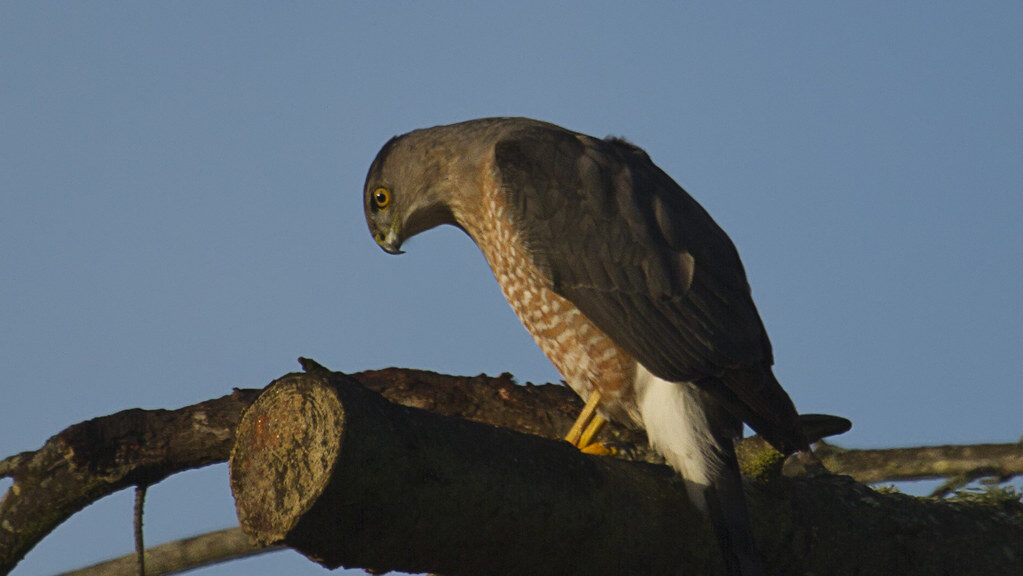
The hawk’s aerial perspective provides the perfect vantage point for hunting, combining stealth with the advantage of surprise. From hundreds of feet above, hawks can patiently observe the movement patterns of potential prey, identifying vulnerable individuals or recognizing behavioral cues that signal distraction or weakness. When a hawk spots suitable prey, it can initiate a controlled dive, sometimes reaching speeds exceeding 100 miles per hour as it descends toward its target. The prey’s perspective from below makes detecting this approach extremely difficult – the hawk appears as a small speck against the vast sky until it’s too late to escape. This hunting strategy leverages both the hawk’s superior visual capabilities and the limitations in upward vision that many prey species possess, creating a nearly perfect ambush technique.
Navigational Mastery: Mental Mapping
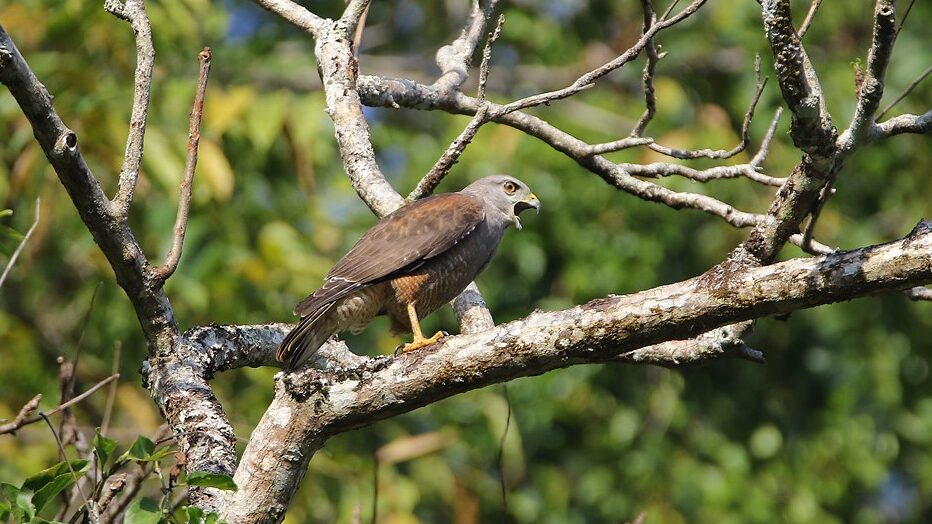
Hawks demonstrate remarkable navigational abilities, maintaining detailed mental maps of vast territories that can span hundreds of square miles. Their aerial perspective allows them to develop these cognitive maps with extraordinary precision, recognizing distinctive landscape features like mountain ranges, river systems, and forest patterns that serve as navigational references. Many hawk species are migratory, traveling thousands of miles between breeding and wintering grounds, requiring them to maintain mental maps across continental scales. Research suggests that hawks integrate multiple navigational cues, including magnetic field detection, celestial navigation using the sun and stars, and recognition of major landscape features visible from great heights. This navigational mastery is further enhanced by their ability to recognize territories from different altitudes and angles, allowing flexible route planning based on changing conditions.
Weather Awareness: Reading the Skies
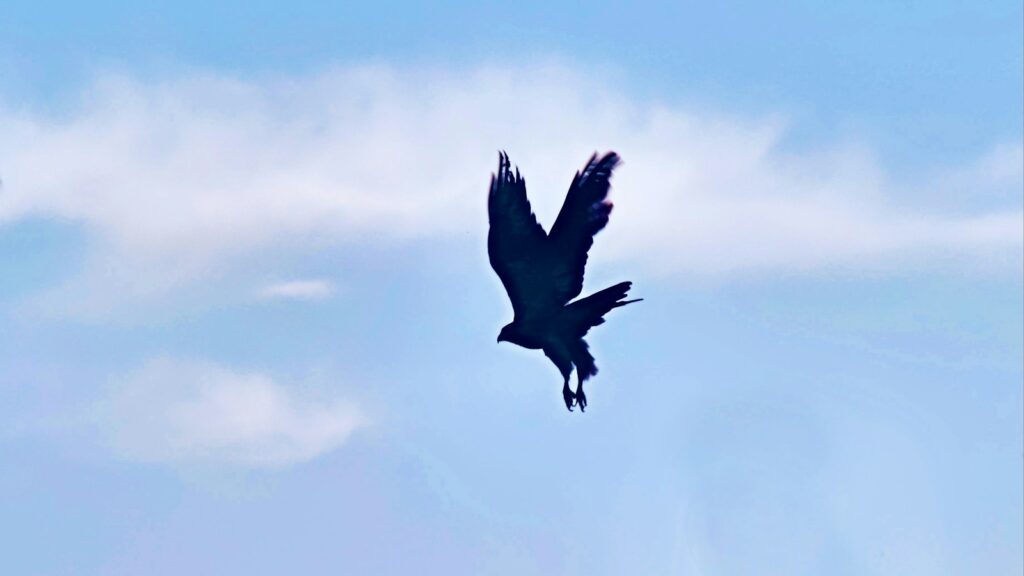
From their aerial vantage point, hawks develop sophisticated awareness of weather patterns that directly influence their flight capabilities and hunting success. They can visually detect approaching storm fronts from great distances by recognizing characteristic cloud formations, changes in light quality, and shifts in air pressure that humans might only sense through specialized equipment. Hawks are particularly adept at identifying and utilizing thermal updrafts – columns of rising warm air that allow them to gain altitude with minimal energy expenditure. Their visual system can detect subtle atmospheric disturbances that indicate turbulence, allowing them to avoid challenging flight conditions. This weather awareness directly impacts their decision-making regarding when and where to hunt, when to migrate, and which flight paths offer the most efficient travel options.
Human Development: A Changing Landscape

From a hawk’s perspective, human development has dramatically transformed landscapes over recent decades, creating both challenges and opportunities. Urban and suburban expansion appears as geometric patterns of structures, roads, and altered vegetation that contrast sharply with natural environments. Hawks with territories near human settlements must navigate these modified landscapes, adapting their hunting strategies to newly created edge habitats where prey may be abundant. Some hawk species have successfully adapted to urban environments, using tall buildings as substitute cliff faces for nesting and hunting from urban perches. However, from their aerial view, hawks also witness the fragmentation of once-continuous habitats into isolated patches, potentially limiting their hunting territories and disrupting traditional migration routes that evolved over thousands of years.
The Temporal Dimension: Time as Seen From Above
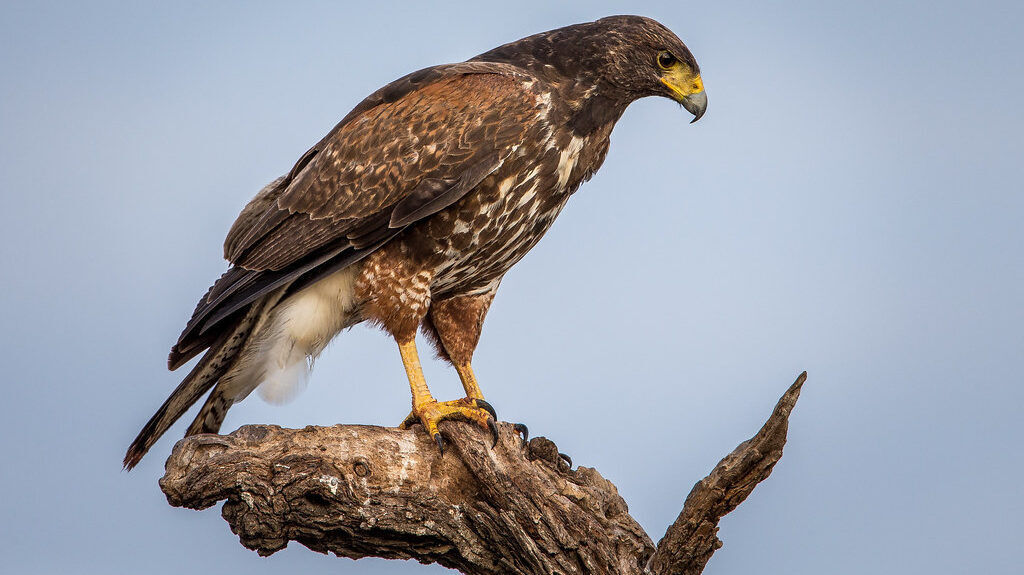
Hawks experience time differently than humans, particularly in how they perceive environmental changes from their aerial perspective. Soaring high above, they witness seasonal transitions as dramatic color shifts spreading across landscapes – the springtime greening of forests, summer’s full canopy development, autumn’s tapestry of changing colors, and winter’s exposed branch patterns and snow cover. They observe daily patterns of prey activity from above, recognizing peak movement periods when hunting success is most likely. Long-lived hawk species may witness landscape transformations over decades – forest growth or decline, urban expansion, changing agricultural patterns – giving them a temporal perspective on environmental change that few other animals experience. This temporal awareness influences their adaptive behaviors, including adjustments to hunting territories, nesting locations, and migration timing in response to changing conditions.
The Human Quest to See Through Hawk’s Eyes
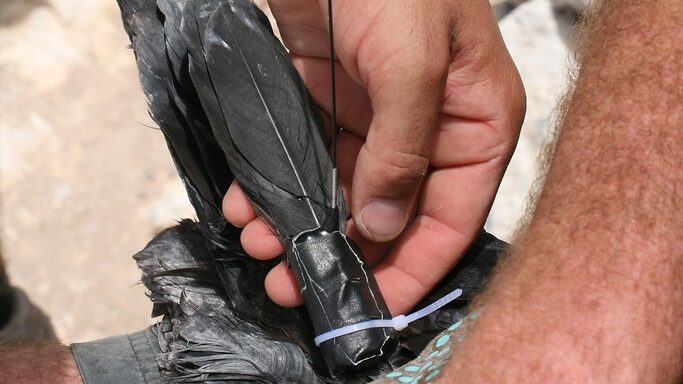
Humans have long been fascinated by the hawk’s aerial perspective, developing technologies that attempt to replicate this distinctive viewpoint. Early aviation pioneers were inspired by soaring birds of prey, and modern drones now capture aerial imagery reminiscent of a hawk’s vantage point. Wildlife researchers use tracking devices with cameras mounted on hawks to collect footage from their actual perspective, providing unprecedented insights into their hunting techniques and flight patterns. Virtual reality developers have created simulations that approximate hawk vision, allowing users to experience enhanced visual acuity and expanded color perception while soaring virtually over landscapes. While technology can approximate certain aspects of a hawk’s visual experience, the integrated sensory world of these remarkable predators – combining extraordinary vision with instinctive knowledge of prey behavior and habitat patterns – remains beyond complete human replication.
Conclusion
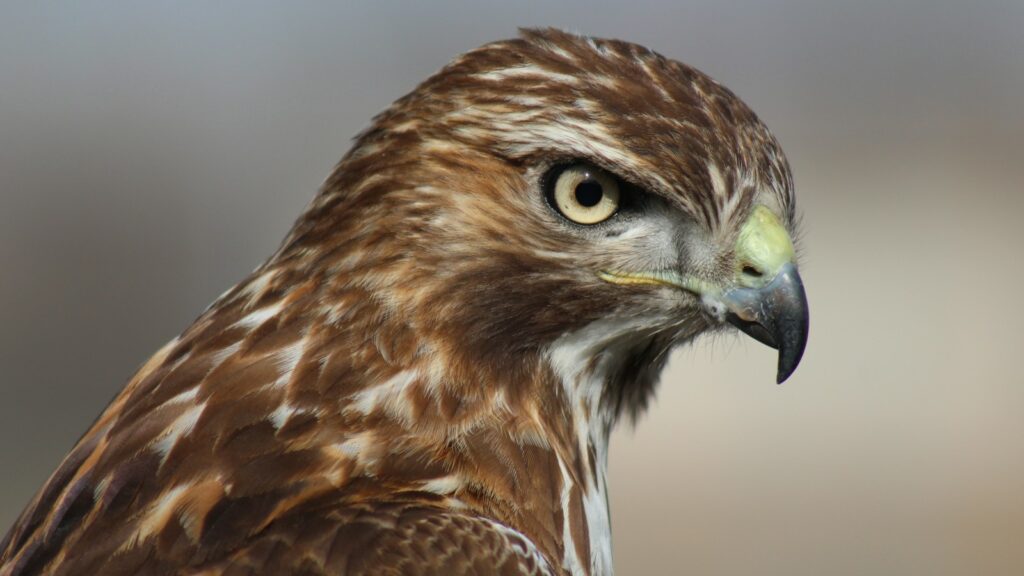
The world through a hawk’s eyes reveals a perspective that humans can only partially comprehend – one defined by extraordinary visual acuity, expanded color perception, and an aerial vantage point that transforms landscapes into strategic hunting grounds. From their lofty position, hawks experience our world as a dynamic tapestry of movement, color, and pattern, interpreting these visual cues through the evolutionary lens of a supremely adapted predator. While we may never truly experience the world exactly as a hawk does, understanding their remarkable visual capabilities deepens our appreciation for these magnificent birds and the unique ecological niche they occupy. The hawk’s eye view reminds us that our human perspective represents just one way of perceiving the rich and varied world we share with countless other species, each with their own unique way of seeing.
